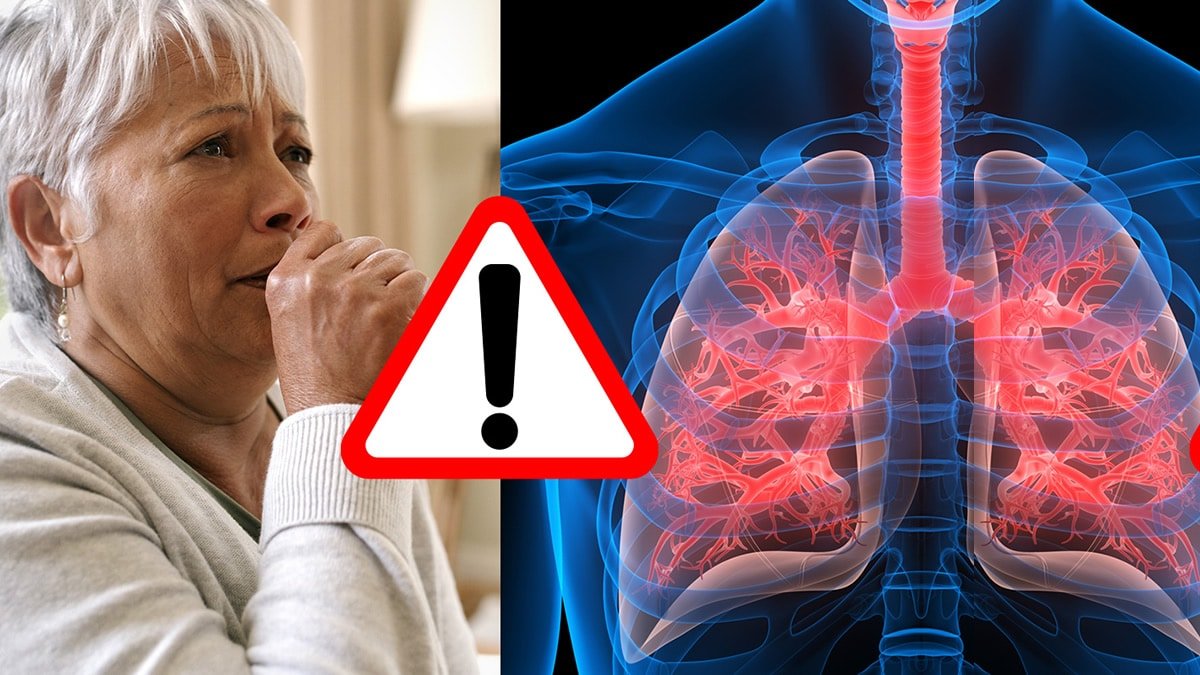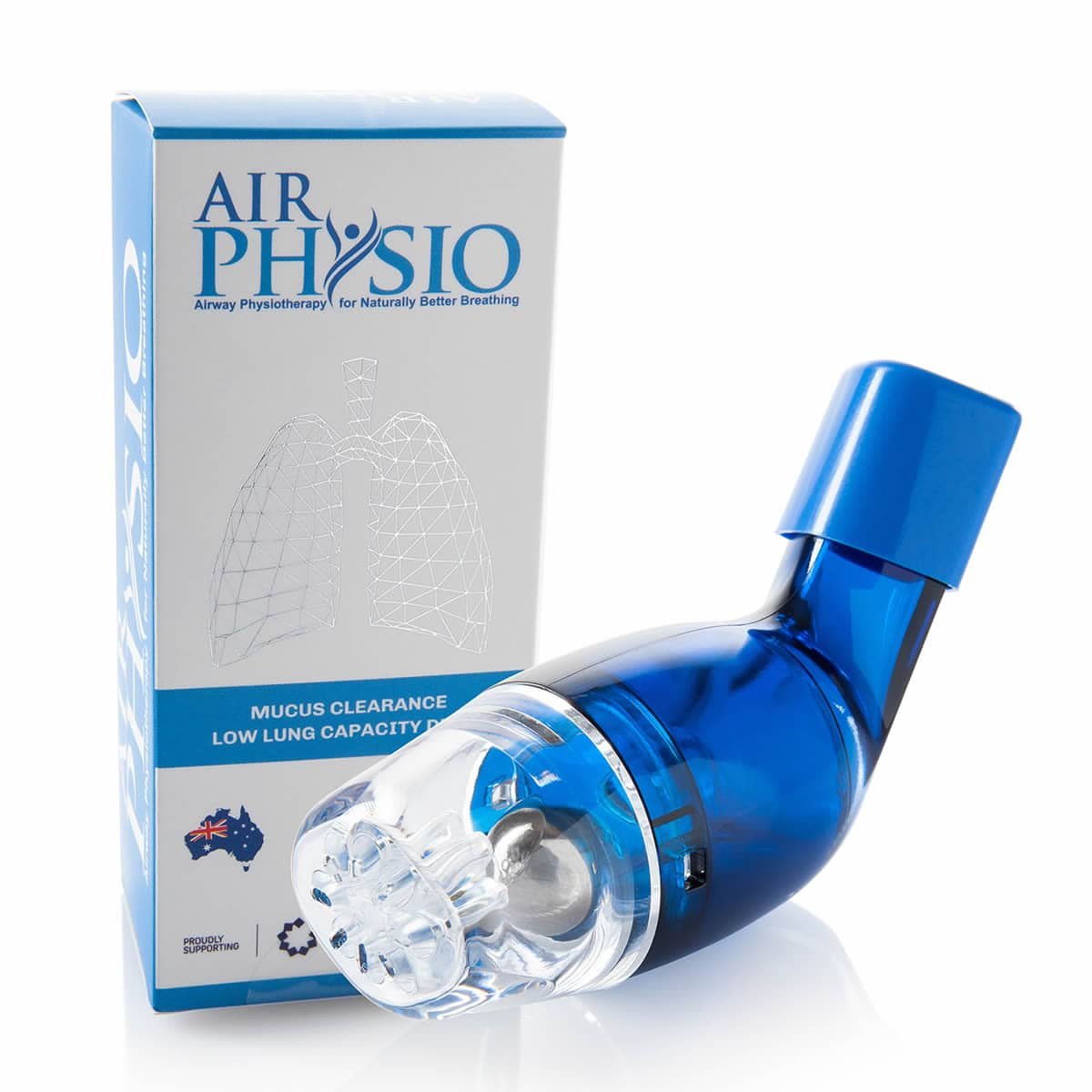
Learn what respiratory training is before you start
Breath training is a practice that focuses on improving the way we breathe. These are various techniques and exercises that help us become more aware of our breathing and learn to control it.
Why is breathing training important?
Many of us take breath for granted and rarely think about it. However, the way we breathe can have a significant impact on our overall health and well-being.
Proper breathing can help reduce stress, improve lung capacity, boost immune function, improve mental clarity, and even promote better sleep.
The benefits of breathing training
- 1. Stress reduction: One of the most important benefits of breathing training is its ability to reduce stress. Slow, deep breathing activates the body’s relaxation response, helping to calm the mind and promote a feeling of peace and tranquility.
- 2. Improved lung capacity: Respiratory training exercises can help expand the lungs and increase their capacity. By practicing deep breathing regularly, you can increase oxygen intake and improve overall respiratory function.
- 3. Improved mental clarity: Deep breathing brings more oxygen to the brain, which can improve attention, concentration, and mental clarity. It may also help reduce brain fog and improve cognitive function.
- 4. Improved immune function: Training our lung capacity stimulates the lymphatic system, which is responsible for removing toxins and waste from the body. By improving lymphatic circulation, you can improve your immune function and increase your body’s ability to fight disease and infection.
- 5. Sleep better: Breathing exercises can help calm the nervous system and promote relaxation, making it easier to fall asleep and enjoy a more restful night’s rest.
How to start a breathing training correctly
If you are interested in incorporating breathing training into your daily routine, here are some simple techniques to get started in a balanced way and with results:
- 1. Deep abdominal breathing: Sit or lie down in a comfortable position. Place one hand on your chest and the other on your abdomen. Breathe deeply through your nose, allowing your abdomen to rise as you fill your lungs with air. Exhale slowly through your mouth, letting your belly fall. Repeat this for a few minutes each day.
- 2. 4-7-8 Breathing Technique: Inhale through your nose for a count of 4. Hold your breath for a count of 7. Exhale through your mouth for a count of 8. Repeat this cycle for a few minutes, focusing on the rhythm and duration of your breathing.
- 3. Alternate nostril breathing: Close your right nostril with your right thumb and inhale deeply through your left nostril. At the peak of the inhalation, close the left nostril with the right ring finger and exhale through the right nostril. Repeat this cycle for a few minutes, alternating between nostrils.
There are devices that can help us perform deeper respiratory training
To exercise the lungs, the use of spirometers has been recommended for a long time. These devices allow you to perform PEP breathing that widens the airways. Currently there are pocket models.

In addition to this, they are indicated to clean the lungs in cases of smoking, excess mucus and to recover in cases of small respiratory conditions.
You can see in the following link what it is and how it works Airphysio review.
Conclusions and final reflections on lung capacity training
Breath training is a simple yet powerful practice that can have a profound impact on our physical, mental, and emotional well-being. By incorporating these techniques into our daily routine, we can experience the many benefits of better breathing and enjoy a healthier, more balanced life.

Hello, my name is Franc. Gayet and I am the author of this blog.
Since 2020 I have carried out more than a thousand reviews and comparisons of products, consulting all the data provided by the distribution companies and carrying out tests on them.
I have specialized in testing home, health and internet electronic products. I have configured and tested hundreds of gadgets for evaluation.
I also collaborate directly with users to resolve questions about the products, the purchasing processes and any problems they may have related to the evaluated products.
If you have any questions, do not hesitate to contact me or leave your question in the comments area.









